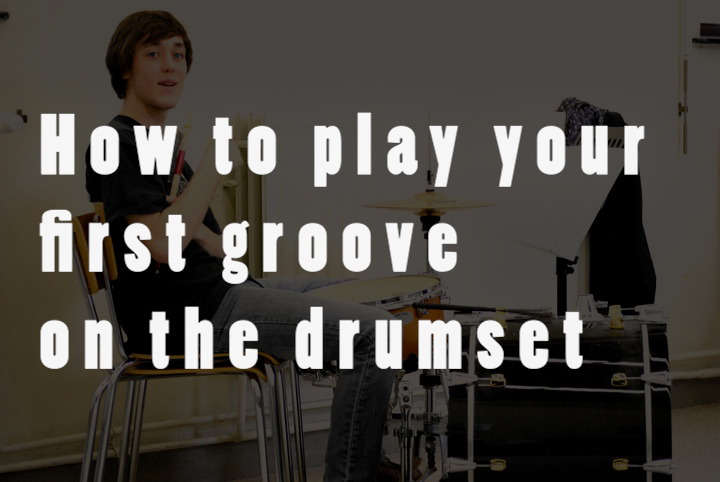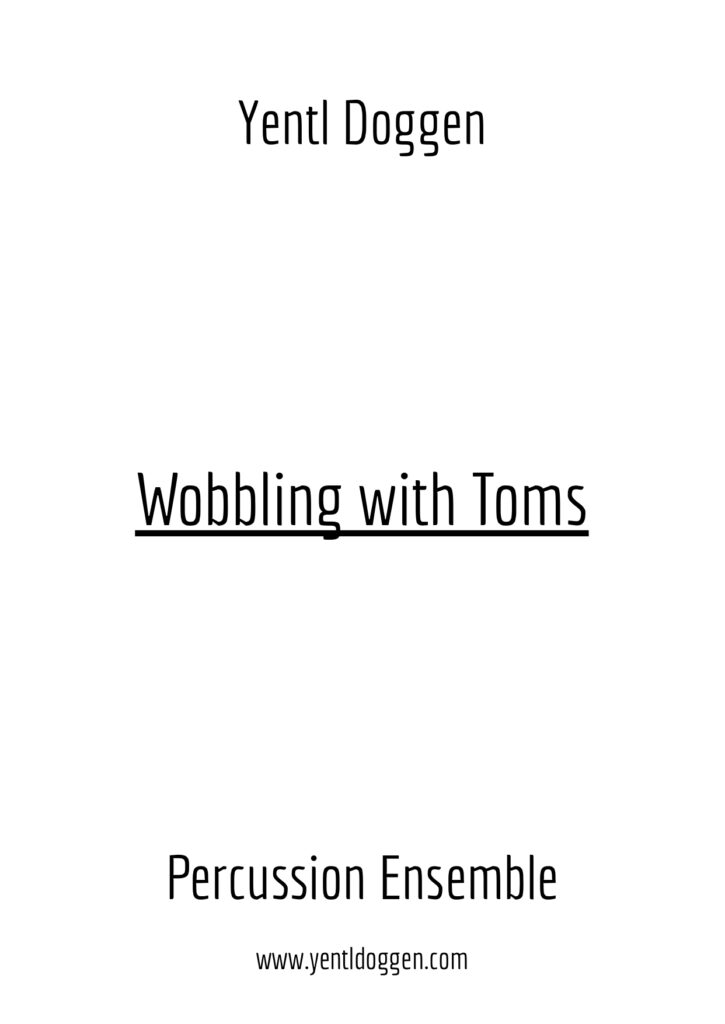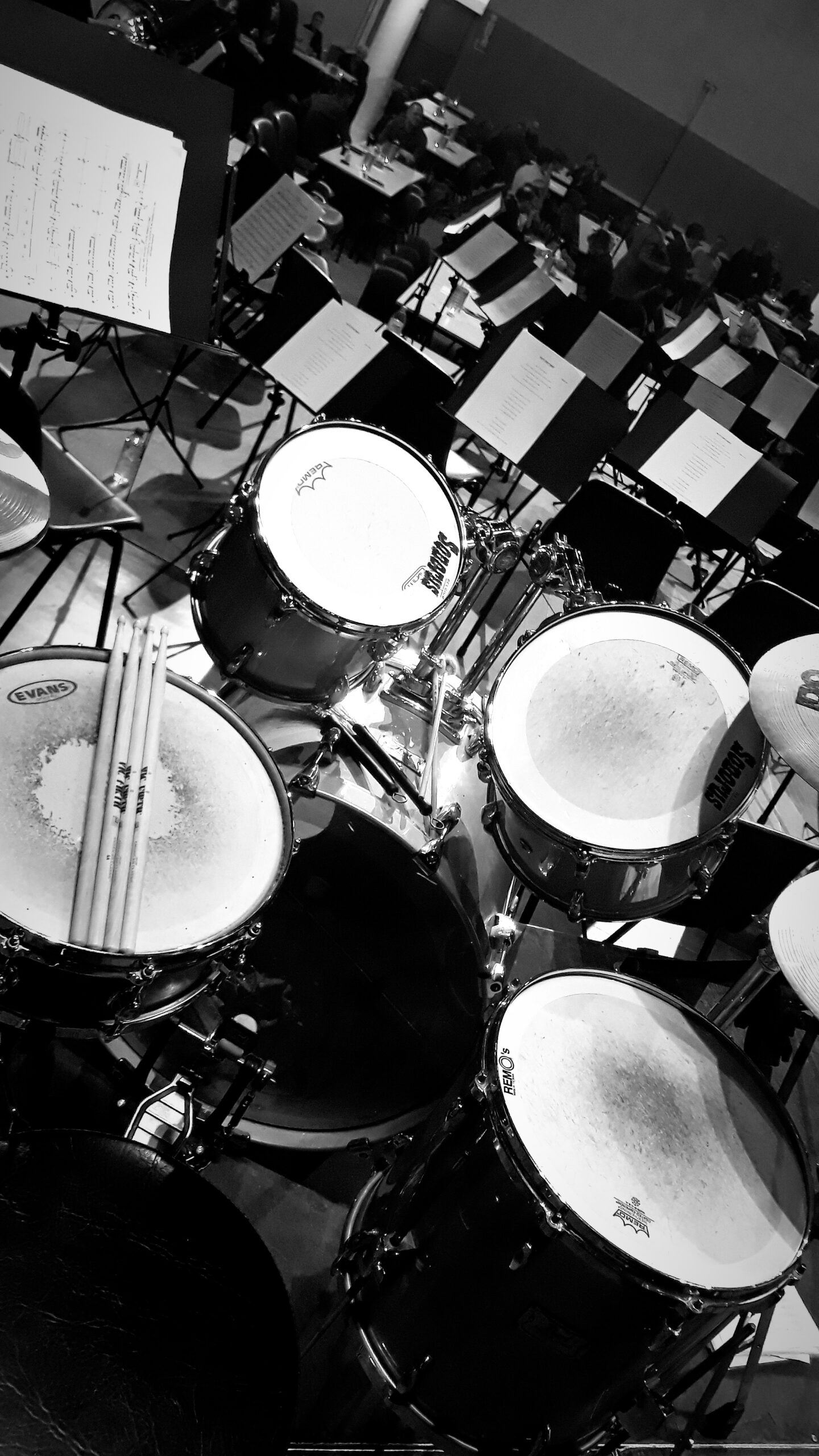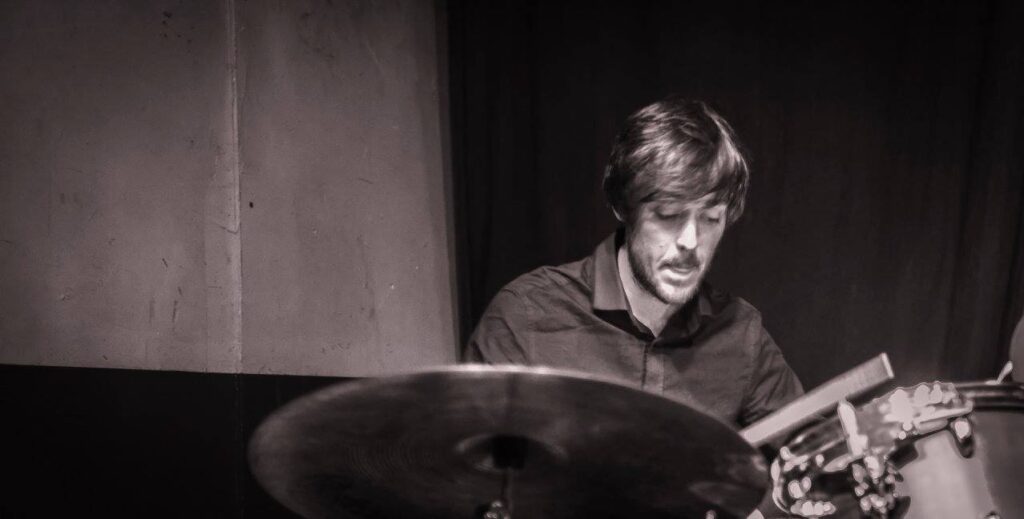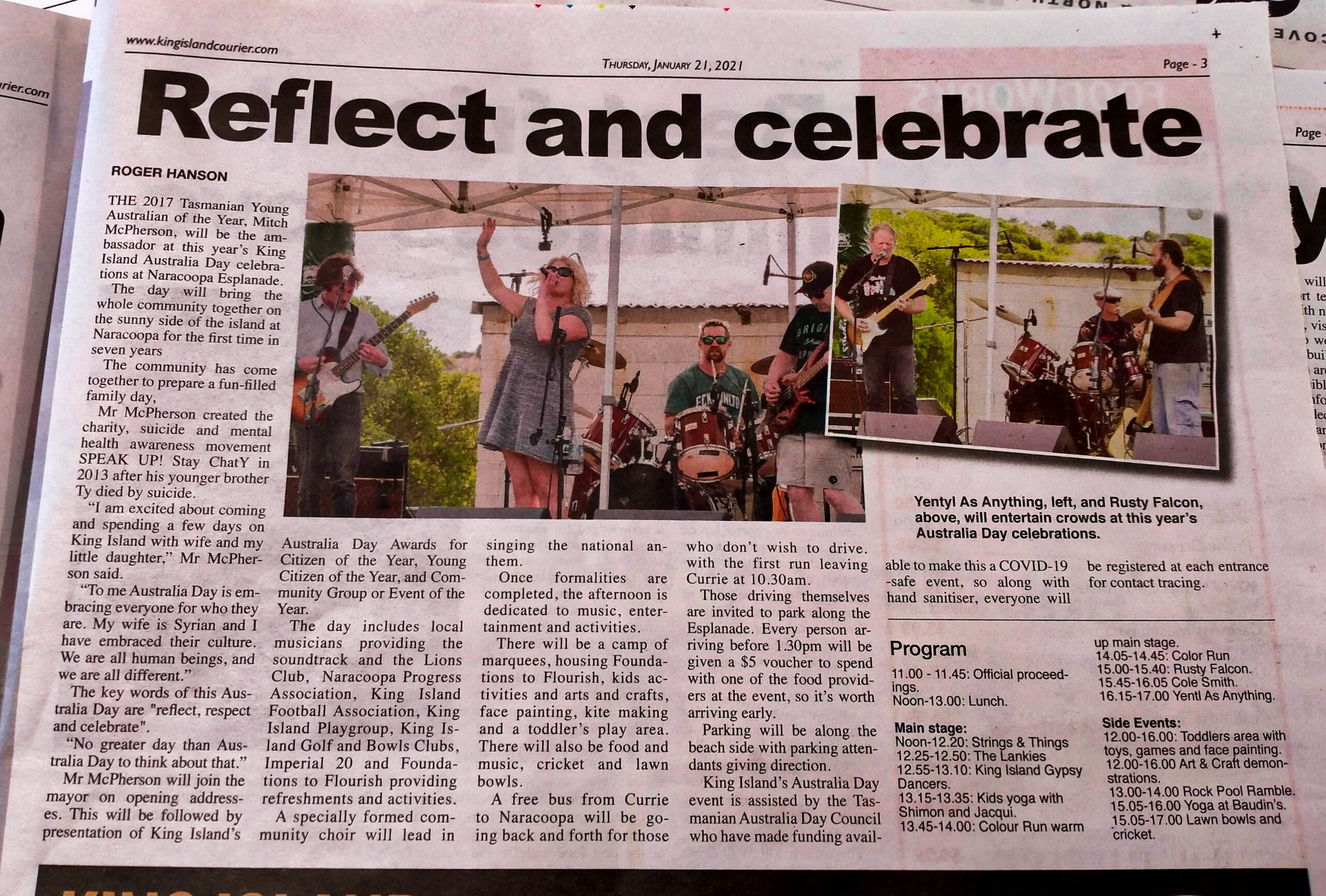Music, Percussion Ensemble
24 for Percussion Ensemble | Modern concept music | Composition
My Google Drive has become such a mess over the last few years that cleaning it is a hell of a job. But, as it usually goes when trying to sort out all the clutter, I found some things I didn’t know were still there. One of those things is the music piece, 24, that I wrote for my percussion ensemble several years ago.
My music ensemble needed something new to add last-minute to the playlist. Still, it also needed to be something the ensemble had never done before. 24 for percussion ensemble was written as an experimental music piece that was pretty easy to learn. The red line through the work is that all instruments are rhythmically divided differently but come together every 24 beats. The players can choose when to play and when to stop playing.
As the Drum- & Percussionband Paal had one of their biggest shows coming up, we used 24 as a concert intro because of the piece’s uniqueness. All the players came up on stage individually. They added their parts to 24 for percussion ensemble, and from there, we slowly made our way into the next song.
Below the explanation of the different music parts is a video of the first time we performed this song. The performance wasn’t that great, as the ensemble didn’t have enough time to get familiar with the piece. However, I think there is potential in this composition and am therefore happy to share it here on my website. Please let me know if you end up downloading and performing 24!
24 for Percussion Ensemble:
Bass drum
The bass drum part in 24 looks very easy on paper. Although the bass drum part’s function is to keep the ensemble together by playing every 24 beats, it is the hardest part. Performance-wise it is an excellent idea to put a light underneath the bass drum and to let it start solo in the darkness with just that light. One player preferably plays this part in the middle of the stage.
Cowbell
The cowbell is preferably played by one player that plays the six-beat clave in a forward motion. This part can start and stop wherever it wants, Although it has the best effect at the beginning or end of the piece. The clave was inspired by a music piece I wrote for a jazz ensemble I played in during my time at the Luca | School Of Arts and is still one of my favourite claves.
Bongos
The bongos are immensely important as they play a six-beat clave against the two-beat clave of the tambourine. It’s great to have two players for every side of the stage. In theory, the bongo part in 24 for Percussion Ensemble is accessible at all, although since their clave starts after a rest, it can get tricky sometimes!
Tambourine
Like the bongos, the tambourine part is critical in this music piece. Whereas the bongo plays the six-clave, the tambourine makes the contrast real by playing a two-beat clave. It’s great to have two players for every side of the stage. However, a tambourine player right between the two bongo players would also create the desired effect.
Bottles
Preferably two players for both sides of the stage. The melody they play is the intro part of my percussion ensemble arrangement of the piece Alegria which we played straight after 24 for Percussion Ensemble. Unfortunately, it is impossible to put this arrangement on the internet due to copyright reasons.
Oil Drum
If you don’t have Oil Drums, this can be any instrument with two different sounds. Although oil drums would be ideal, not to mention that if you put water on them with a light spot underneath, the entrance of the old drums can’t go unnoticed in 24 for Percussion Ensemble
Xylophone
The xylophone is here to confuse everybody. The sheet music for the xylophone is elementary to play, and I recommend, depending on the players’ skills, improvising around A-major and D-minor! This part is not even as it’s played in 5-beat, four times and then once in four.
Piano
The piano does the same as the xylophone, except it’s divided into 7 for three times and then plays three beats. Also, in the piano, the notation is more accessible than the final result has to be. Feel free to improvise on the chords and play that bass line a couple of octaves lower.
Performance of 24 by Drum- & Percussionband Paal:
My website has multiple ways to keep in the loop with music and travel-related updates. Make sure to follow my Instagram and Facebook pages to get the latest content on your socials. To get the updates in your mailbox, subscribe to the newsletter. I will post plenty of free drum lessons and other music and drum-related advice on this website in the future! Check out the drum transcriptions and analysis if you haven’t already. We can’t build this platform without our readers, so we thank you for your continued support. Stay tuned for many more to come!




